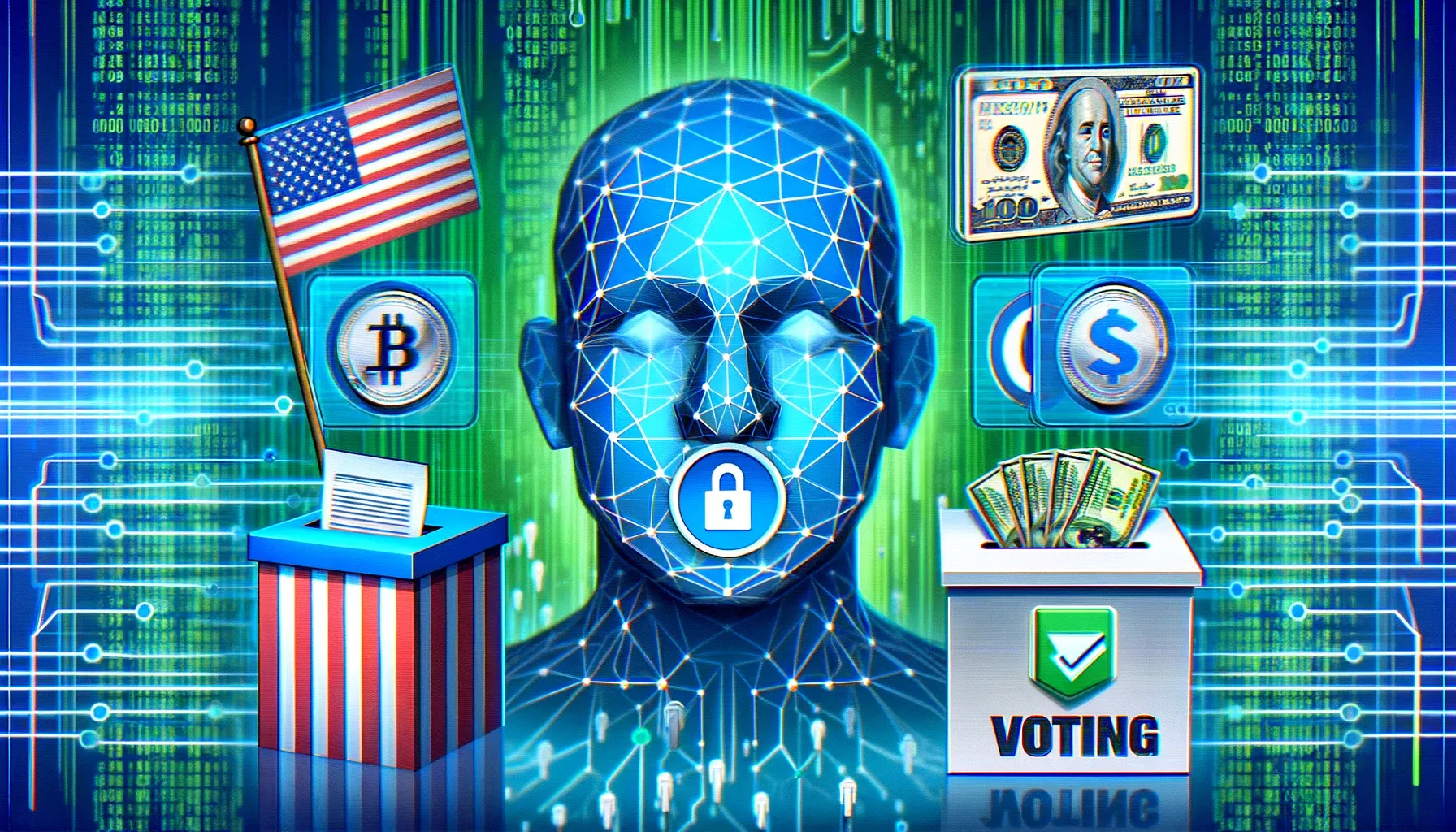
Blockchain Voting: How Token Gating is Reshaping Elections
Innovative digital solutions are reshaping the landscape of democratic processes. Token gating technology, a mechanism powered by blockchain and Non-Fungible Tokens (NFTs), offers a compelling method to secure and streamline voting systems. This article delves into the integration of token gating in voting, highlighting security features and financial advantages, while omitting the elementary aspects of NFT ticketing.
Enhanced Security Through Token Gating
Token gating technology in voting systems can drastically improve security by leveraging the inherent properties of blockchain. Here are key security enhancements:
- Identity verification: Ensures voter authenticity
- Vote integrity: Prevents tampering and unauthorized access
- Transparency: Public ledger allows traceable vote verification
- Immutable records: Permanent storage of votes on blockchain
- Restricted access: Only token holders can participate in voting
Case Study: Implementing Token Gated Voting
A notable example of token gating in action is the integration into municipal elections in Switzerland. Utilizing Ethereum blockchain, the city provided residents with NFTs that served as both identity verification and voting access tools. This method ensured that only registered and verified residents could cast their votes, significantly reducing the risk of fraudulent activities.
Facial Recognition and Token Gating Synergy
Combining facial recognition with token gating technology offers a robust solution for secure and efficient identity verification processes, crucial for sensitive applications like voting. This integration not only enhances the security but also streamlines the user experience by automating identity checks:
- Dual-layer Security: Adds a biometric layer to token-based systems.
- Seamless Verification: Automates and speeds up the authentication process.
- Enhanced Privacy: Encrypts facial data on blockchain for added security.
- Fraud Reduction: Minimizes the risk of identity fraud and unauthorized access.
For more insights into how NFTs and facial recognition are transforming ticketing and could potentially impact voting, visit Belong’s detailed facial discussion.
Financial Advantages of Token Gating in Voting
Token gating not only enhances security but also offers financial benefits by streamlining processes and reducing overheads. Key financial benefits include:
- Lower costs: Reduces need for physical infrastructure.
- Efficiency: Speeds up the voting process.
- Reduced fraud: Minimizes financial losses due to vote rigging.
- Sponsorship opportunities: Tokens can carry sponsor branding.
- Resale prevention: Tokens non-transferable, cutting down illegal sales.
Real-World Financial Impact
To illustrate the financial impact, consider a small-scale election where traditional methods cost approximately $5 per vote due to paper handling, staffing, and venue costs. By switching to a token gated system, the cost per vote could drop to around $1, considering the reduction in physical logistics and manpower. This represents a potential saving of 80%, showcasing substantial cost efficiency.
E-Voting and Token Gating Synergy
Electronic voting (e-voting) harnesses digital technology to cast and count votes, enhancing accessibility and expediency in elections. Integrating token gating with e-voting could further augment its advantages:
- Enhanced Accessibility: Remote voting becomes safer, allowing broader participation.
- Real-time Auditing: Blockchain enables instant verification and audit trails.
- Scalability: Easily adapts to large-scale national elections or small polls.
- Inclusivity: With mobile integration, voting can reach a wider demographic.
- Eco-friendly: Reduces paper use, promoting a greener voting process.
The synergy between e-voting and token gating ensures a fortified layer of security while maintaining the simplicity and user-friendliness of electronic systems. For instance, during the 2022 Digital Governance Awards, an e-voting system enhanced with NFT-based token gating successfully managed international participants' votes with zero incidents of security breaches, showcasing the practical viability and security of this integrated approach.
Token Gating: Beyond Voting
While the primary focus here is on voting, token gating has broader applications, particularly in areas requiring secure access and identity confirmation. Concerts, exclusive product launches, and private events are other practical arenas where token gating can be effectively implemented, further underscoring the versatile benefits of this technology.
Conclusion
The integration of token gating technology in voting systems, especially when combined with e-voting, represents a significant step forward in securing and optimizing democratic processes. With its robust security enhancements and potential for substantial cost reductions, token gating is set to transform not just how we vote, but how we manage access and identity in various domains. As this technology continues to evolve, its adoption could redefine the standards of transparency and efficiency in elections and beyond, proving that the future of secure, democratic engagements is here.